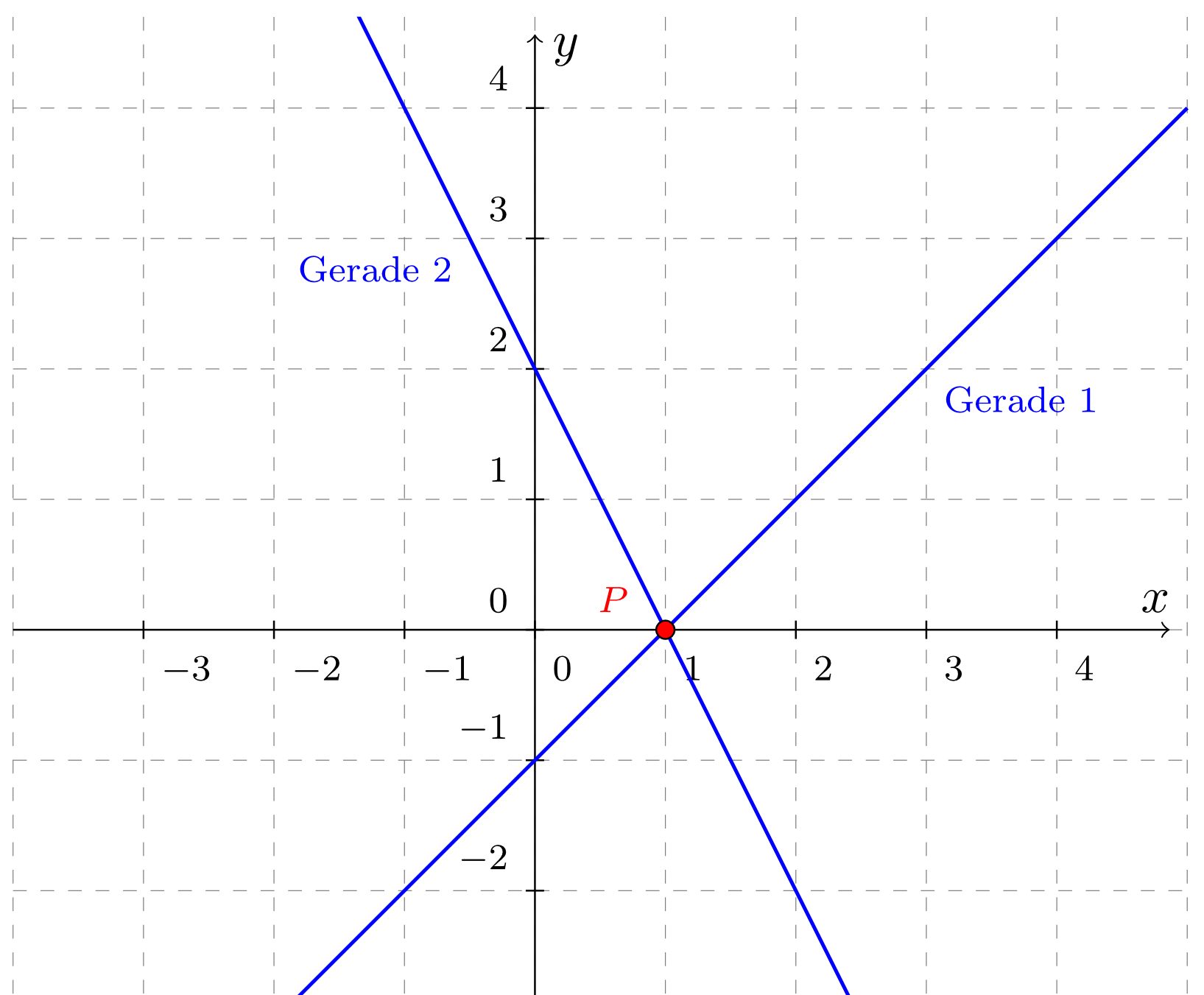Chapter 4 System of Linear Equations
Section 4.5 Final Test4.5.1 Final Test Module 4
This is a test for submission:- Unlike open exercises, no hints for formulating mathematical expressions are provided.
- The test can be restarted or interrupted at any time.
- The test can be terminated and submitted using the buttons at the end of the page, or reset.
- The test can be attempted several times. Only the last version will be included in the statistics.
Exercise 4.5.1
Find the solution set of the following system of linear equations:
The solution set
The solution set
| is empty, | |
| contains exactly one element: , , | |
| contains an infinite number of solution pairs . |
Exercise 4.5.2
Find the two-digit number such that its digit sum is 6 and exchanging the tens and the units digit results in a number which is 18 less. Answer:
.
.
Exercise 4.5.3
Find the value of the real parameter for which the following system of linear equations
has an infinite number of solutions.
Answer:
.
has an infinite number of solutions.
Answer:
.
Exercise 4.5.4
The following figure shows two lines in two-dimensional space. Find the two equations describing the lines.
Line 1:
,
Line 2: .
What is the number of solutions of the corresponding system of linear equations?
The system of linear equations has
Line 1:
,
Line 2: .
What is the number of solutions of the corresponding system of linear equations?
The system of linear equations has
| no solution, | |
| exactly one solution, or | |
| an infinite number of solutions. |
Exercise 4.5.5
Find the solution set of the following system of linear equations consisting of three equations in three variables:
The solution set
The solution set
| is empty, | |
| contains exactly one solution: , , , | |
| contains an infinite number of solutions . |
The test evaluation will be displayed here!
 Onlinebrückenkurs Mathematik
Onlinebrückenkurs Mathematik
